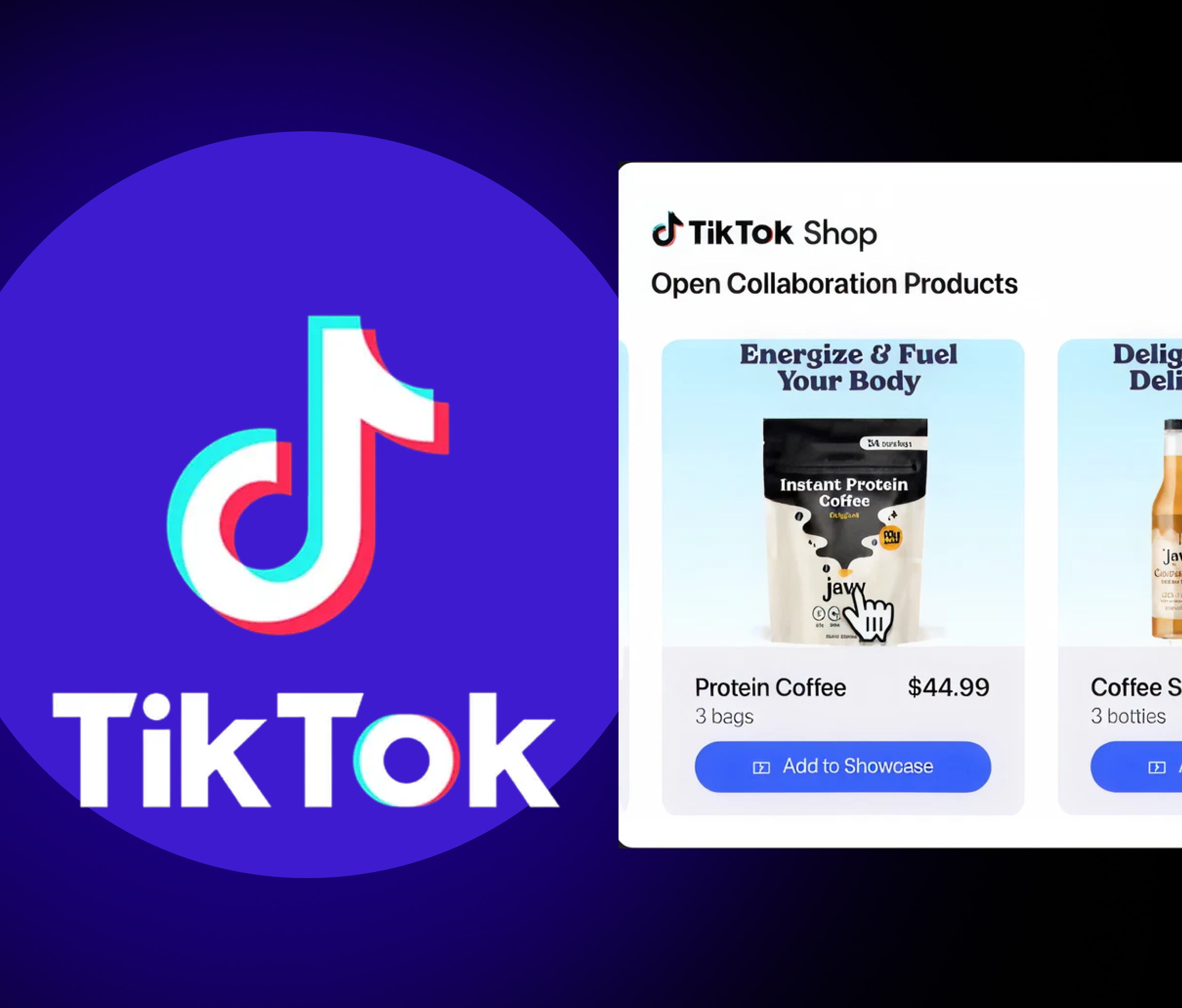Hi, I’m Rubens Ferner, Owner and Founder of Fernifyx. I’ve been in the Shopify space for over 4 years, and since day one, my focus has been on conversion rate optimization for e-commerce product pages to help brands drive more conversions. The online shopping landscape is fraught with common pitfalls many brands fall into, yet these mistakes are seldom addressed. Here, we’ll delve into five critical areas where e-commerce brands often miss the mark and outline strategies to turn those challenges into opportunities for growth.
Here are 5 things I’d recommend for conversion rate optimization on your product pages.
1. Facilitate Direct Customer Inquiries
Integrating a feature for direct inquiries on your product pages can significantly enrich the customer experience. This strategy fosters a sense of connection with your brand that is unparalleled. Enabling live interactions not only keeps potential customers engaged longer but also boosts the chances of converting browsers into buyers. Direct communication through live chat solutions on product pages establishes trust, ensures transparency, and empowers consumers with the information they need to make confident purchases.
Solution: Implement a chat service to enhance conversions through improved customer interaction.
2. Prioritize Visual Content
.webp)
The power of visual content in showcasing your products cannot be overstated. Unlike text, visuals can quickly stir emotions and convey essential information, making your offerings more attractive to consumers. For instance, examining the approach of Vital Toothpaste Tabs reveals the impact of visually engaging content in converting visitors into customers. Providing clear, educational visuals that explain your product’s benefits can transform casual browsers into brand advocates and potential affiliates.
3. Emphasize and Organize Reviews
.webp)
Never underestimate the influence of customer reviews on your product pages. Meaningful, relatable reviews can significantly impact your conversion rates. A positive shopping experience can encourage customers to leave reviews that resonate on a personal level with prospective buyers. These testimonials are vital for consumers at the decision-making stage of their purchase journey. Additionally, making reviews searchable by keywords enhances their utility, guiding customers to the insights most relevant to their interests.
4. Incorporate How-to Videos and Product Comparisons

Understanding a product fully can be the deciding factor for potential buyers. How-to videos serve as an invaluable resource by demystifying your product’s usage, leading to informed purchasing decisions. Moreover, offering comparisons between products can enlighten customers on the best choices for their needs, potentially increasing the average order value and helping you better understand your ideal customer profile.
5. Leverage Upselling Opportunities
Seize every chance to upsell within the product page. Often, customers are only a nudge away from adding additional items to their cart. For example, Ten Thousand pairs shorts with complementary shirts, enhancing the shopping experience by suggesting related products. Detailed information about these additional products can significantly influence purchasing decisions, offering customers a more comprehensive view of their options.
These strategies are just the beginning. There’s a wealth of knowledge we’re eager to share to help you refine your e-commerce strategy further. For any inquiries or more in-depth discussion, feel free to contact us at business@fernifyx.com.

.webp)








